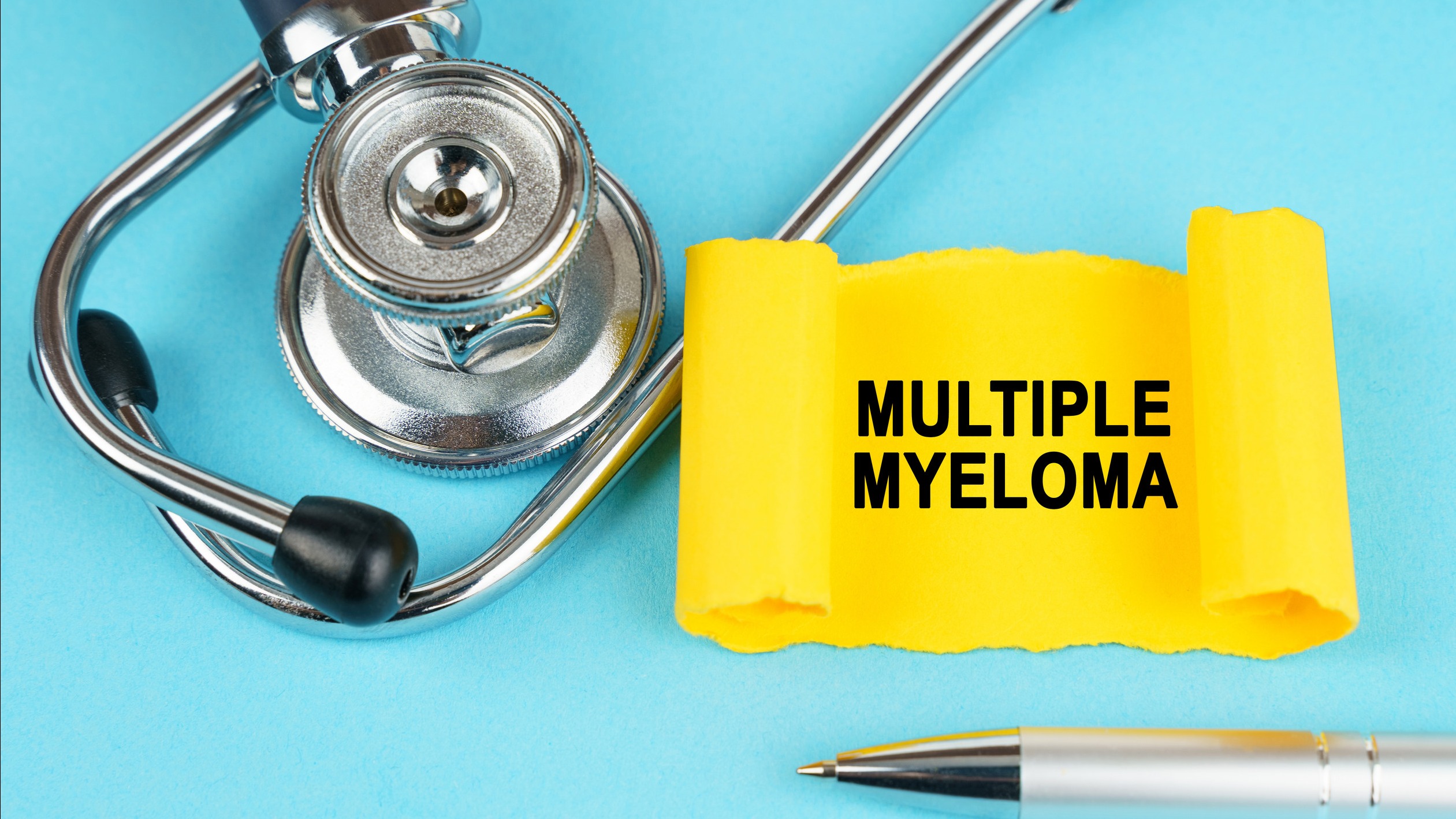
Glass Bottles: The Myths and the Realities
For many, glass bottles symbolize purity and safety, a modern alternative to plastic. However, recent findings are urging consumers to think twice about their perceived safety. A comprehensive study conducted by the French Agency for Food, Environmental and Occupational Health & Safety (ANSES) has demonstrated that microplastics (MPs) are present in various beverages, including those in glass bottles. The notion that glass equals safety is evolving, as scientific inquiry reveals a complex reality beneath our assumptions.
Microplastics: The Invisible Threat
Since the 1950s, rising plastic production has become a global concern, leading to unprecedented levels of environmental pollution. As plastics disintegrate, they generate micro- and nano-particles that infiltrate ecosystems worldwide—from the deepest ocean trenches to the peaks of the Himalayas. A recent report from the MICROSOF project indicates that a staggering 75% of soil samples across 33 sites in France contained detectable levels of MPs. This alarming data underpins the urgent need to rethink our consumption habits, especially concerning packaging.
Health Implications of Microplastics
The health risks associated with microplastics are still emerging, but research outlines troubling implications. Although they are challenging to quantify, microplastics can easily invade organs via skin, ingestion, or inhalation, working their way to distant organs including the brain and kidneys. Evidence suggests a correlation between these particles and severe health issues—research has pointed to an increased risk for stomach cancer and heart problems associated with plastic exposure. Notably, a report cited that 0.5% of brain mass could be plastic, raising questions about the long-term impacts of MP accumulation in the human body.
What the Numbers Reveal
In a bid to clarify the health risks, ANSES analyzed beverages including bottled and tap water, soft drinks, and alcoholic beverages. Not surprisingly, all the tested drinks contained some degree of microplastics. Bottled water, while often considered a safer choice, was found to have a relatively low concentration of 2.9 MPs/L. In comparison, sodas hit higher levels at 31.4 MPs/L, with iced teas and beers showing significant contamination as well. Even wine, considered a premium option, had an average of 12.0 MPs/L.
Contaminants in Glass: The Reality Check
The presence of microplastics in glass bottles has put a dent in the assumption that glass packaging automatically ensures drink quality. These findings are particularly disconcerting as they highlight the ubiquitous nature of microplastics in our food and beverage systems. With warnings from multiple studies pointing to the potential dangers, embracing a more informed perspective about food and drink packaging is crucial. It is vital to consider the consequences of our daily choices and switch to materials that are not contributing to health risks.
The Path Forward: Embracing Change
Understanding the implications of microplastics invites individuals to challenge long-standing perceptions. While glass bottles might offer aesthetic and environmental benefits, they are not inherently safer than other options. Recognizing alternative packaging solutions that prioritize health—such as recycled materials or refillable containers—could be more beneficial in the long run.
For suburban professionals aged 25-60, making informed health decisions revolves around understanding what we consume and how it impacts our well-being. This shift should inspire change, inviting further exploration into healthier, non-toxic packaging choices in our daily lives.
Take Action: As we navigate the intricacies of health and environmental safety, consider switching to less contaminated options in your daily hydration regimen. Your health starts with informed decisions!
 Add Row
Add Row  Add
Add 




 Add Row
Add Row  Add
Add 

Write A Comment